As India celebrates 75 years of Independence, a quick look back at its amazing growth that shows us the nation has indeed become the Atma Nirbhar Bharat. It is a Hindi phrase recently popularised by Prime Minister Modi, which means that India is now both, self-sufficient and self-reliant.
Shaking itself off the yoke of British rule, India not only stood up slowly, and got onto its own feet courageously, but it has also begun walking and is in fact, now, running against the most advanced countries. In doing so, it has already become the sixth largest economy in the world.
In many fields, whether politics and economy, science and technology, society and culture, art and literature, or sports and entertainment, India has made such rapid and remarkable progress that it is fast becoming the envy of the nations.
Politics and Economy
The first Prime Minister Jawaharlal Nehru’s development model foresaw a dominant role of the state as an entrepreneur and financier of private businesses. This led to the country adopting a ‘mixed economy’ which is not entirely capitalistic and not entirely socialistic. It yielded rich dividends, as can be seen in the vibrant private sector that now exists today.
When India got independence in 1947, its GDP was barely 3 percent of the world’s total GDP. But, that has grown to over 7 percent now. India was nowhere among the top 25 economies then. But, in 2021, India became the world’s sixth largest economy, as per the 2021 GDP figures of the World Bank.
In 2021, India’s GDP stood at $3.18 trillion, just a bit below the UK’s $3.19 trillion. This means that, in just a year or two, India’s economy could rise and become even better than the economy of the country that had once colonized it.
Of course, as the world’s largest constitutional democracy, India continues to face many challenges and still has a long way to go. Poverty, literacy, and unemployment are still not beaten, though substantial progress has been achieved on almost all those fronts.
Within the first thirty years of its government, when the Indian National Congress party won massive mandates in elections, it had made regular five years plans and implemented them to bolster the nation’s economy. The decline of Congress (I) since the 1980s has brought an end to the dominant single-party system that has long distinguished Indian Politics. What followed were successive coalition governments that did well, but failed to curb corruption, and failed to perform to the people’s expectations. Now, when Bharatiya Janata Party’s won in the elections of 2014 and 2019, consecutively, it brought back the single party dominance.
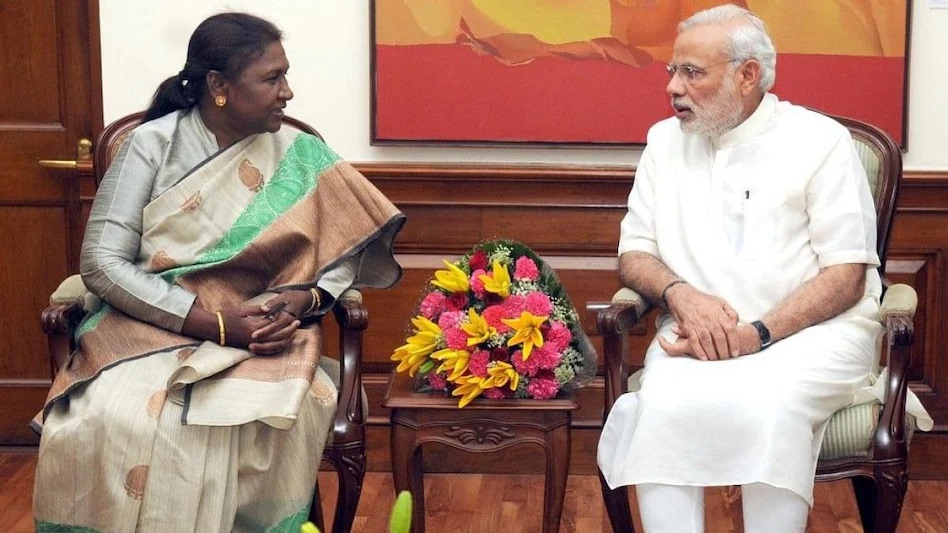
15 Presidents and 14 Prime Ministers have led the country so far, including the current and recently elected President Droupadi Mumru, and the two-term Prime Minister Modi. Facing enormous challenges from within the nation and from outside, the country’s leadership, over the 75 years, has kept up its march on making India economically stable.
In July 2022, Gautam Adani of India became the fourth richest man in the world, taking Bill Gates’ place; when Gates’ net worth dropped after he’d donated billions to a philanthropic cause. Mukesh Ambani, Shiv Nadar, Radhakishan Damani, Cyrus Poonawalla, and Lakshmi Mittal are among the other rich Indians on Forbes Magazine’s latest list, which is a clear indication of India’s dynamic private sector.
Science and Technology
In 2017, when the Indian Space Research Organization successfully launched 104 Satellites in a single flight, with its satellite launching vehicle PSLV-C37, the world gasped and gaped in wonder.
By launching the highest number of satellites on a single rocket, India had broken Russia’s record of 37 satellites which it had sent aboard the Dnepr rocket, in a single flight, in 2014.
While only 3 satellites out of those 104 were from India, the remaining 101 were from the USA (96), the Netherlands (1), Switzerland (1), Israel (1), Kazakhstan (1), and the UAE (1).
Indian Space Research Organization has now become the most sought-after body to launch satellites, by nations that need additional launching services; or by those that have no adequate capabilities to launch them by themselves.
Green Revolution, the scientific method of increasing agricultural production ensured that famines can be no longer be a threat to India. White Revolution, increased the production of milk and dairy products within the country, reducing the need for importing products like baby food, butter, and cheese. Blue Revolution, which is the adoption of scientific measures to boost the production of fish and other marine products, helped the growth of the industry of fisheries.
Indian contributions to the discovery of gravitational waves, satellite and communication technology, drug and vaccine manufacturing, and many other fields, are also notable in the last few decades.
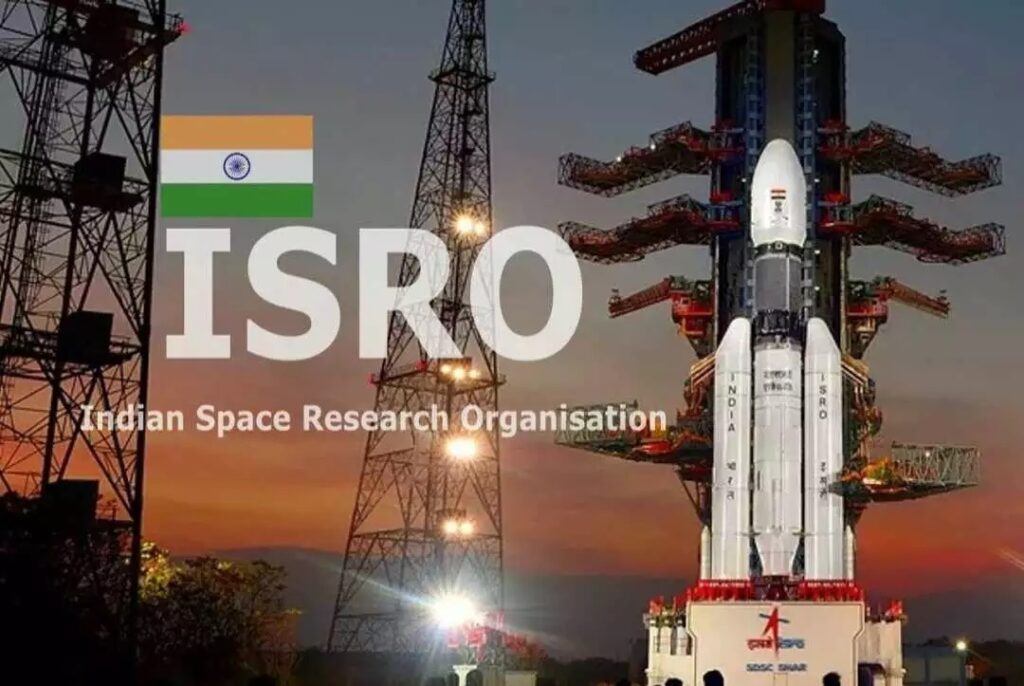
Importantly, India has become a superpower in software technology. But the brain drain is a phenomenon it needs to address. Big tech companies like Google, Microsoft, Adobe, and Twitter have CEOs of Indian origin, who have all got their basic education from India. But they had left for greener pastures.
If the country makes efforts to retain knowledge workers and skilled workers, by making India itself a greener pasture, it could yield greater economic growth in the future.
Society and Culture
The fact that the nation’s new President, Droupadi Mumru, belongs to one of the marginalized tribes of India is indicative of the massive and positive changes that the last seven and half decades have seen in the country.
Soon after the nation woke to freedom in 1947, it had to legislate that the people of the scheduled castes and scheduled tribes were so marginalized and so underprivileged that they needed special support through reservation systems. It is slowly paying off, as education and jobs are now empowering people of many groups which were hitherto lacking in opportunities to learn and grow.
One of the societal ills of ‘Casteism’ called ‘untouchability’ is, more or less, eradicated in India.
While there is still a lot that can be achieved, to bridge the gap between the divides of religion, caste, wealth, and gender, there has been substantial progress that cannot be overlooked.
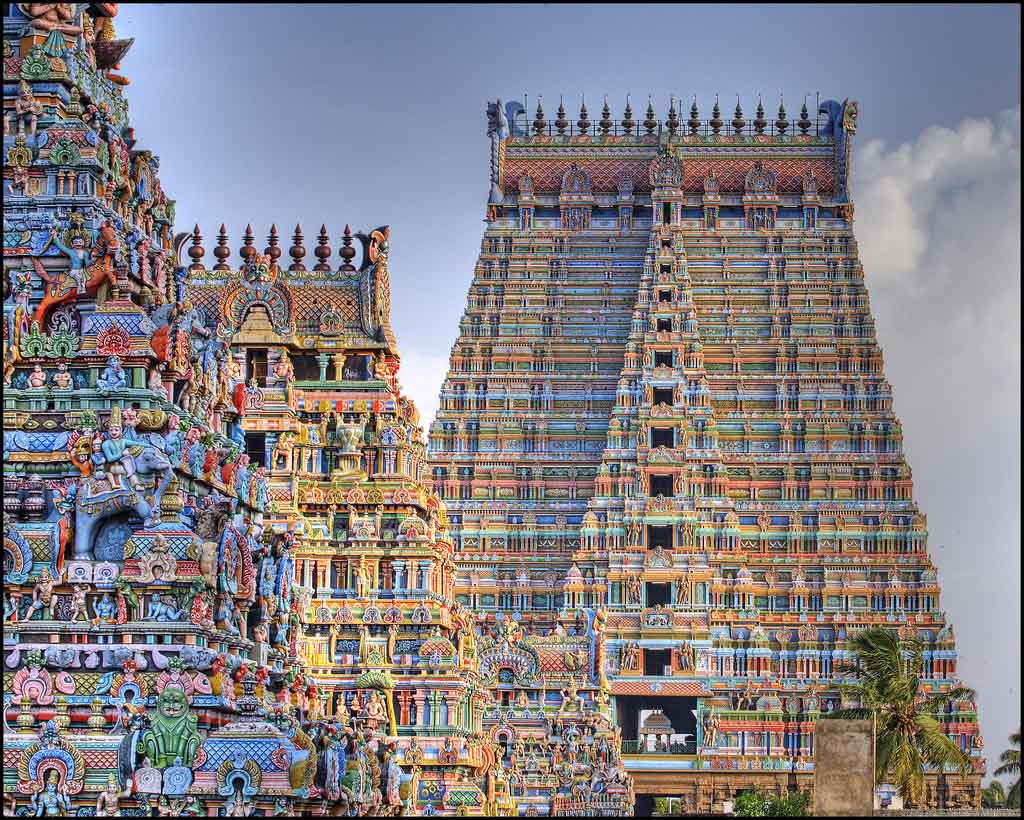
The ministry of culture is actively ensuring that Indian culture is seen by tourists as well as foreigners who live outside but can learn online, with appropriate systems and processes that inform, educate, and inspire others.
India has one of the world’s largest collections of songs, music, dance, theatre, folk traditions, performing arts, rites and rituals, paintings, and writings that are known, as the ‘Intangible Cultural Heritage (ICH) of humanity. According to the national portal, in order to preserve these elements, the Ministry of Culture implements a number of schemes and programs aimed at providing financial support to individuals, groups, and cultural organizations engaged in performing, visual and literary arts, etc.
Art and Literature
Indian art in paintings and sculptures – found in thousands of old temples and monasteries across the subcontinent – shows a special skill and mastery of painters and craftsmen that make the art unique. Some of the art is thousands of years old and may have now moved to some museums.
The renowned painter Raja Ravi Verma may have become famous, in the west, after winning in 1873 Vienna Exhibition. But, much earlier than the European art forms, that grew during the renaissance period, the Indian ones like those at Ajanta and Ellora had flourished. Beautiful frescos here had existed for over 1000 years earlier.
In recent years, Gurudev Rabindranath Tagore’s winning of the Nobel Prize in Literature in 1913 may be special. But, in the post-independence era, Booker prizes were won by Arundhati Roy in 1997, Kiran Desai in 2006, and Aravind Adiga in 2008 giving India global recognition.
It is interesting to note that Indian Independence is a critical component of the 1981 book ‘Midnight’s Children’ by Salman Rushdie, This Indian-born British-American novelist not only won the Booker Prize but also the “Booker of Bookers”.
Indian independence is also a critical component in Geetanjali Shree’s 2022 book ‘The Tomb of Sand’ which is a translation from Hindi. It just won the 2022 International Booker Prize. Her novel is a family saga, set in the shadow of the partition of India, which follows an 80-year-old woman after the death of her husband.
Sports and Entertainment
The robust programs of the Sports Authority of India have seen the establishment of many sports academies, across the country, that effectively train young athletes and groom them to become world champions.
Mostly, team sports used to win medals at the Olympics earlier, but with a huge shift now, many individuals are winning big medals at Olympics, Asian Games, and Commonwealth Games.
Hockey wins at the Olympics have always been the forte of India, but it had to patiently suffer a 41-year drought in this sport, from 1980 until the 2020 Tokyo Olympics when it finally won a bronze.
India had won gold medals for hockey in London 1948, Helsinki 1952, Melbourne 1956, Tokyo 1964, Moscow 1980, and silver medal in Rome 1960, and bronze in Mexico City 1968, Munich 1972, and Tokyo 2020.
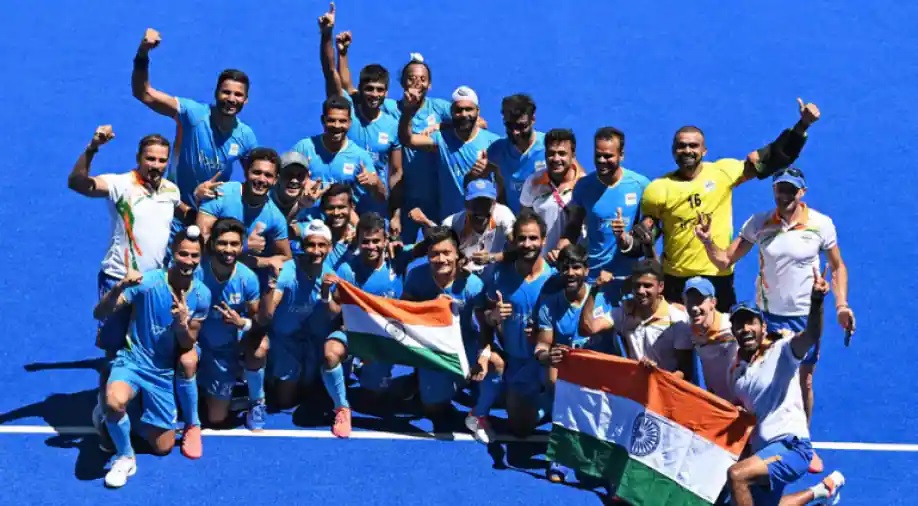
Post-independence, in 1952, the wrestler KD Jadhav’s won India’s first individual Olympic medal, a bantamweight bronze, and inspired many Indians to become individual champions at Olympics.
Since then added to the list of individual Olympians – in a variety of sports – are Leander Paes, Karnam Malleswari, Rajyavardhan Singh Rathore, Abhinav Bindra, Sushil Kumar, Vijay Kumar, Saina Nehwal, Mary Kom, Yogeshwar Dutt, Gagan Narang, PV Sindhu, Sakshi Malik, Mirabai Chanu, Lovlina Borgohain, Ravi Kumar Dahiya, Bajrang Punia, and Neeraj Chopra. Thirteen of these in just the last 10 years.
Cricket world cup wins of 1983 and 2011 are most memorable for the cricket-crazy India, which are held in the One Day International formats. Winning against Pakistan in 2007, in the T20 format will be equally memorable.
In the Asian Games of 1951, 1962, and 1970, India won gold in Football, but sadly has not repeated the wins yet, since 1970.
In films, television, and streaming OTT platforms, India’s production is staggering. India is the largest producer of movies and clearly one of the biggest sectors for employment.
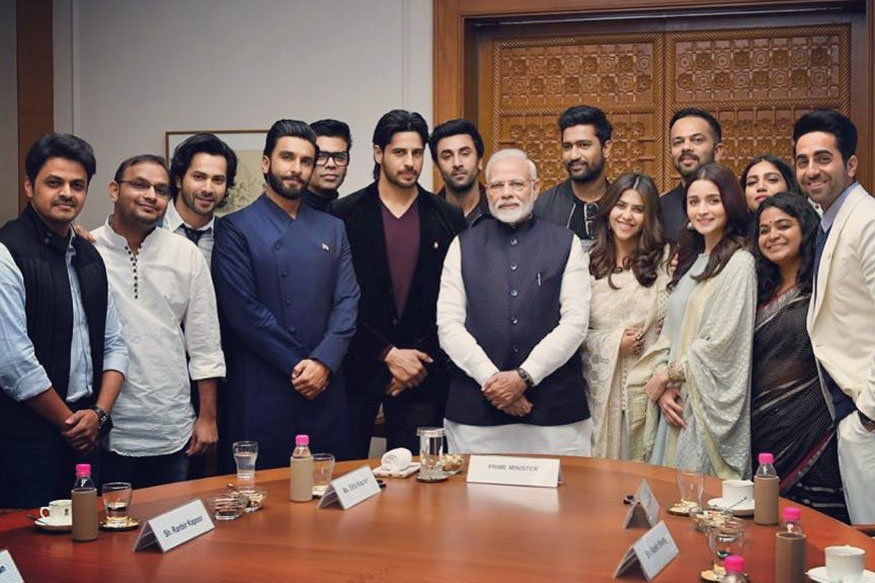
While the National School of Drama, and the Film and Television Institute of India, help attract, build and hone acting talent, the National Film Development Corporation, helps produce films, especially, for those who cannot get private financing.
The setting up of legal frameworks for the operations of film studios, and for the regulation of actors’ work shifts, have all aided in the development of the film industry.
Bollywood movies and songs are now consumed by not just Indians or the Indian diaspora, but people of many other nationalities.
Conclusion
India certainly has many reasons to celebrate ‘Azadi ka Amrit Mahotsav’ the initiative by the Indian government to celebrate and commemorate 75 years of independence and the glorious history of its people, culture, and achievements.
These grand festivities of independence which started on 12 March 2021, with a 75-week countdown to our 75th anniversary of independence, will end after a year on 15th August 2023.
For years now, ‘Unity in Diversity’ is a special phrase that binds the people of India who take pride in their rich heritage, diverse culture, dynamic structures, and innovative spirit.
Seventy-five years is but a small dot in the long line of Indian history. But the amazing achievements of India in these years are worthy of celebration.
By Joel Indrupathi

